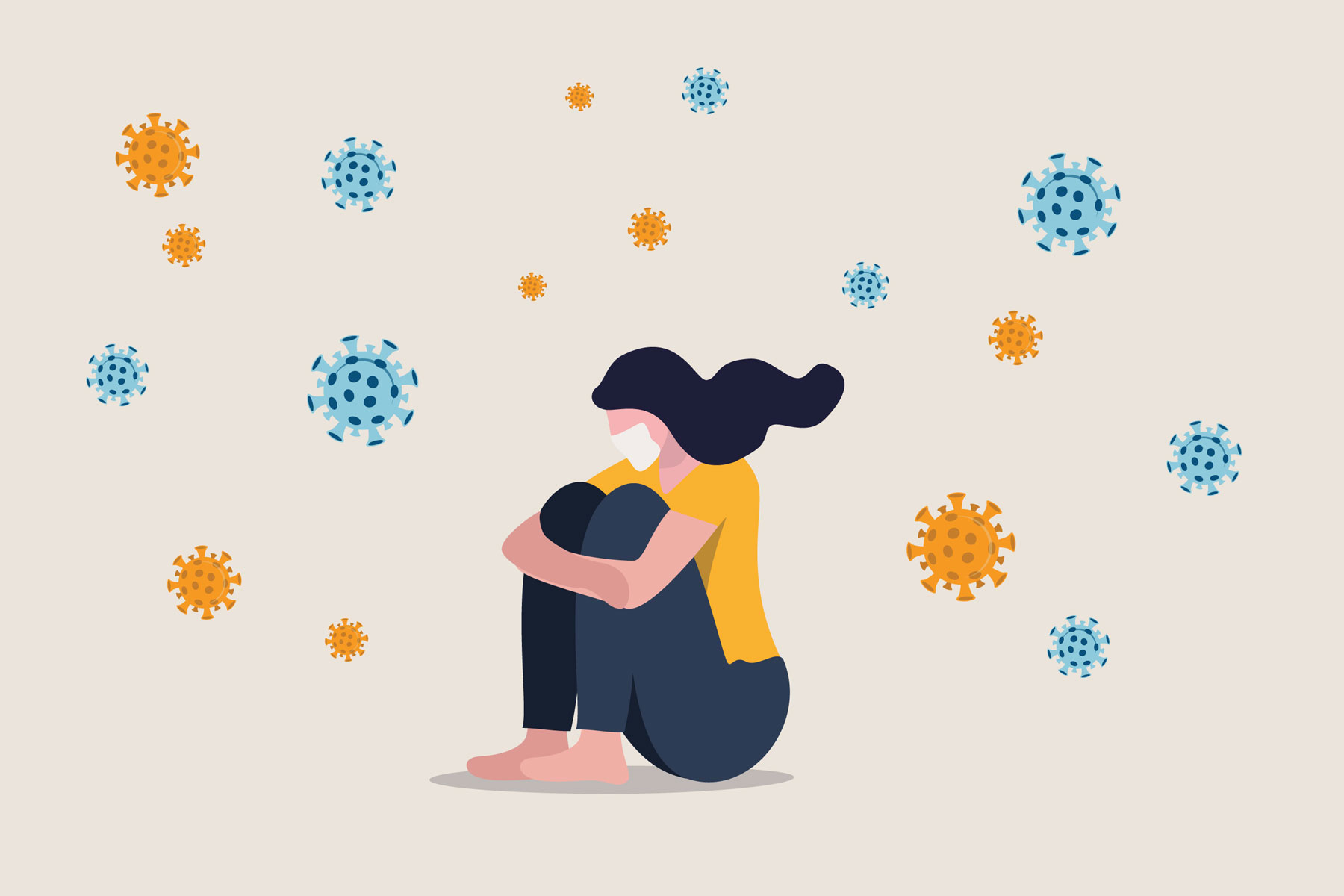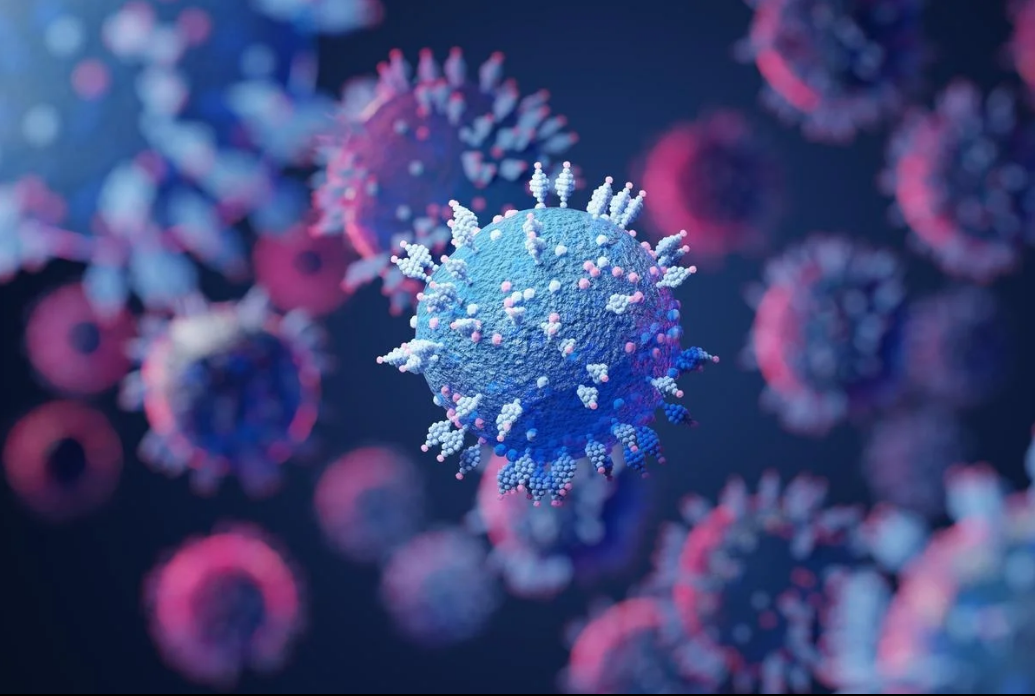The Role and Importance of Antigen Testing in the COVID-19 Pandemic

The introduction of COVID-19 vaccines by each country has allowed travel to be made more accessible. After being shut down for three years, schools are opening up again. Antigen tests for travel are no longer necessary as everyone is protected from the virus. The effectiveness and immunity to COVID-19 variants are increasing around the world. Some experts believe that more testing is needed to prevent the pandemic. People can quickly identify where the virus is located and take steps to stop it from spreading. The best way to respond to this outbreak of contagious diseases is to begin antigen testing as soon and as quickly as possible. A fit-to-fly test can make it easier to find the cases. Infected persons can also be isolated immediately to prevent further spread. It is essential to test as part of the travel requirement to determine if someone has been in contact with infected individuals and to treat them immediately. Rapid testing can also be performed at hom
